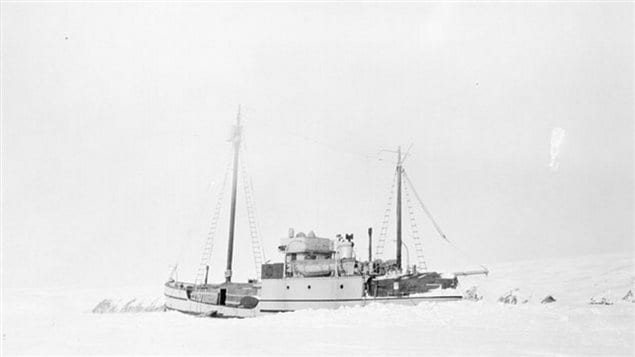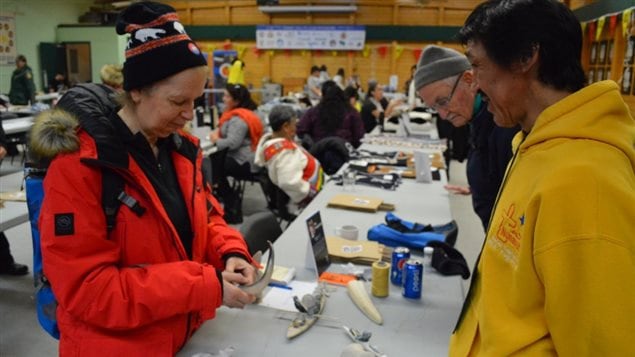Until fairly recently, distance and conditions had greatly limited tourism to the Arctic.
In recent years that has been changing, but is it a good thing or not?
Alison Gill (PhD), Professor of Geography and Director of the Centre for Tourism Policy and Research at Simon Fraser University in British Columbia
Listen
Because of climate change, previously inaccessible areas are now much mote accessible to the average person.
Where once only the truly interested and far more adventurous “tourist” visited the Arctic, climate change has enabled many more ships to access the far north and Arctic region.
In the 1500’s explorers from England got no further into the Arctic than Baffin Island due to the ice.
Only a little over 150 years ago, Franklin’s two ships became blocked in ice for years only partway across the Arctic seas and the ships and men were all lost.

It was only in 1906 that a small ship made the trip right across the Arctic from east to west, although it took Norwegian Roald Amundsen three years to make it. Then decades later another small RCMP ship successfully made it across during 1940-42 from west to east.
Now, with climate change, giant cruise ships can cross in a matter of weeks.
Part of the reason for the new tourism in the north is as professor Gill notes, a concept called “last chance to see”. In other words to see the Arctic “before it is gone”. People want to see the “frozen” land, icebergs and pack-ice and polar bears etc., all of which is slowly disappearing.

Almost all previous hardships or discomforts are now gone as tourists can now visit these isolated Arctic indigenous communities from the complete comfort of these luxury cruise liners.

Tourism brings much needed cash into remote villages, but thousands of tourists means lots of waste, garbage, and added air pollution.
A regular influx of tourists also changes those communities way of life and culture.
As Professor Gill points out, there is a saying that goes “tourism destroys tourism”, which is the very fact of tourism changes the culture and physical surroundings of that which made the place interesting to visit in the first place.







For reasons beyond our control, and for an undetermined period of time, our comment section is now closed. However, our social networks remain open to your contributions.